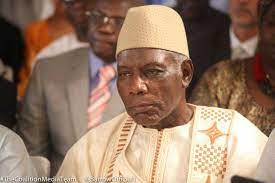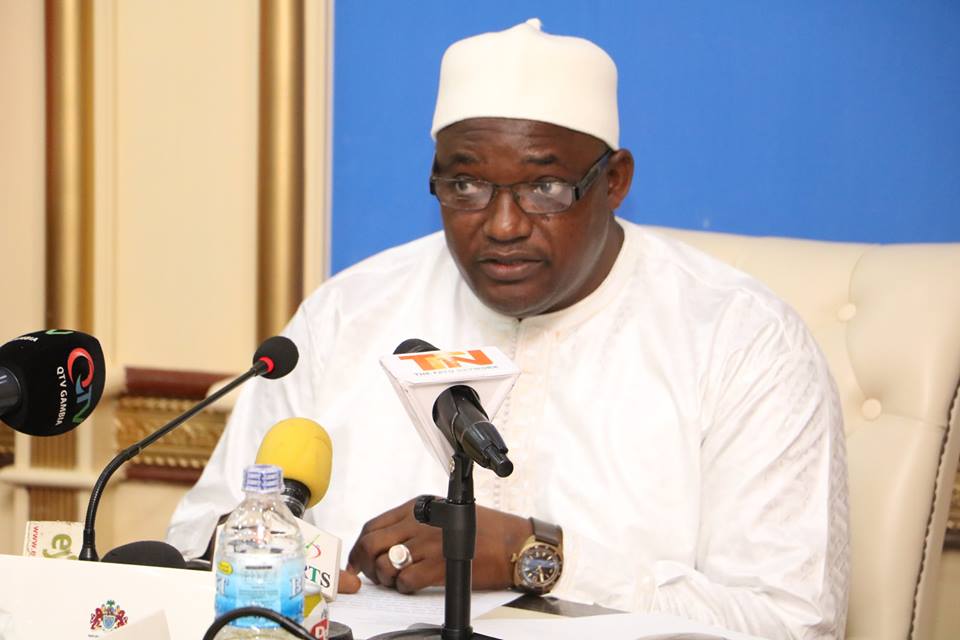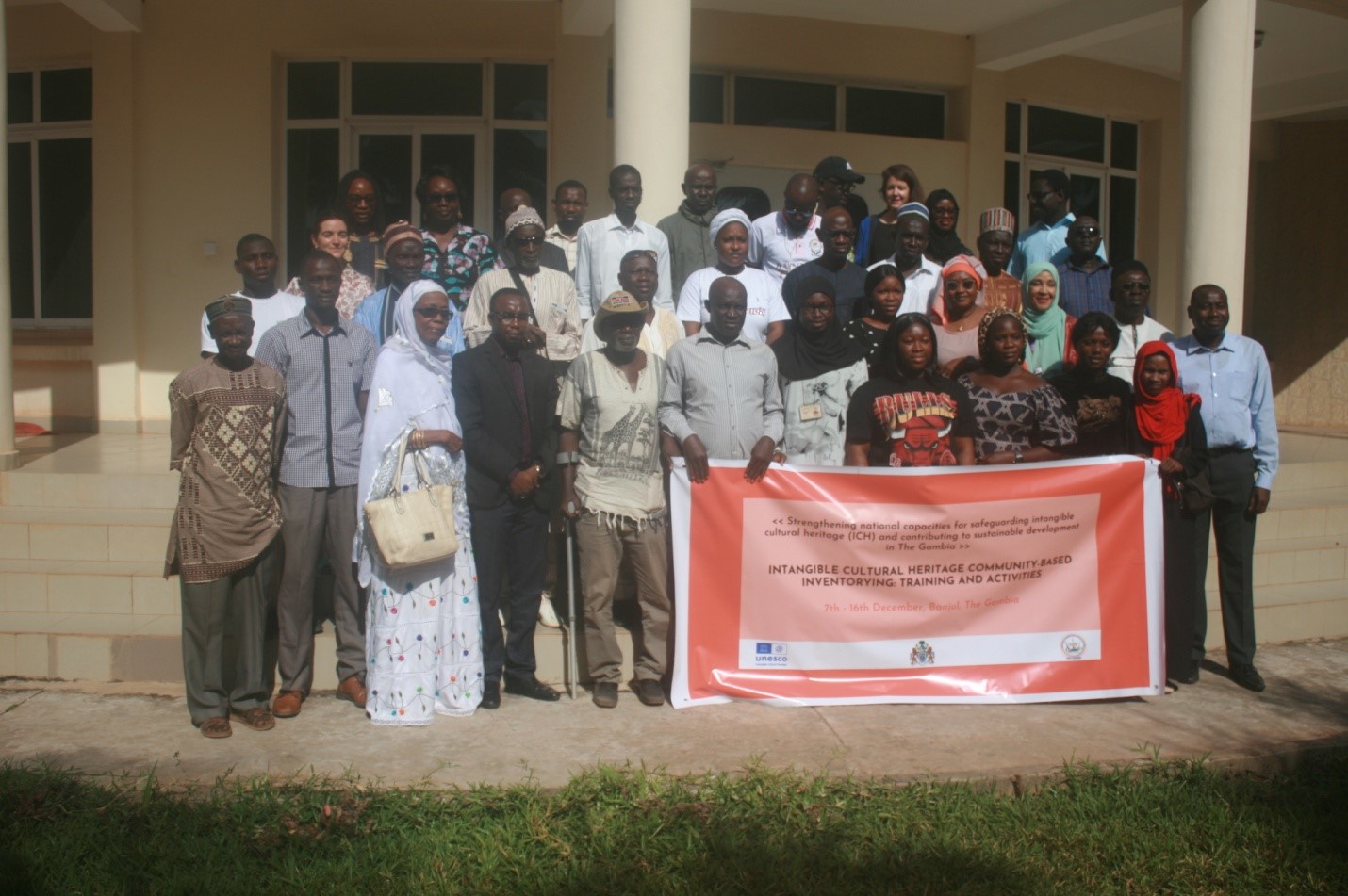By Yunus S Saliu
At the just concluded oral history international symposium held at the Senegambia Beach Hotel, Abdoulie Jabang as critically examined the ‘conflict ecologies: Politics Environmental Infrastructure and Injustice along the Gambia River between 1840-1865.’
Delivering a paper at the symposium – Gambian Cultural Heritage Going Digital organized by the National Centre for Arts and Culture (NCAC) and its German partners, The University of Hamburg and the Gerda Henkel Foundation, Abdoulie Jabang disclosed that before the mid-nineteenth century, aristocratic families politically dominated much of the Greater Senegambian region, including the Lower Gambia.
“With their seers, the Bojang/Konteh and Jatta families founded two interlinked political chiefdoms in the Upper and Lower Kombo and the legend has it that when these migrants conquered and dispossessed Bainunka and Jola agro-pastoral groups of their lands in Kombo, they, searched for a specific ecological niche that their shrines and seers identified as the viable sites for the construction of towns and chiefdom,” he noted.
Fasting forward the discourse, he said environmental infrastructure is a concept developed by historian Kreike in his work on Nambia and Angola “the concept is predicated on the idea that nature and culture were historically entangled, and humans shaped the environment as much the environment shaped humans. War affects both the human-shaped environment and society.”
He went further to explain that environmental infrastructure such as ‘homes, fields, fences, soils, crops, food stores, livestock, and wells, is a co-production of human ingenuity and, labour on the one hand, and non-human actors and forces on the other hand.”
However, Mr. Jabang’s presentation, critically examined how these wars transformed societies, and physical and religious ecologies through the prism of environmental infrastructure and injustice.
So, this “hope to show that the destruction of environmental infrastructure led to the production and reproduction of famine and refugees in unsuitable ecologies and exposure to cholera and yellow fever epidemic that led to the death over 2000 marginal people,” he highlighted.
Among other things, he claimed that the scholarly neglect of the impact of wars in transforming ecologies and society not only reveals the tenacity of the myth of the Nature-Culture dichotomy but also obscures the dynamic and shifting historical role of perpetrators and victims in these wars.




